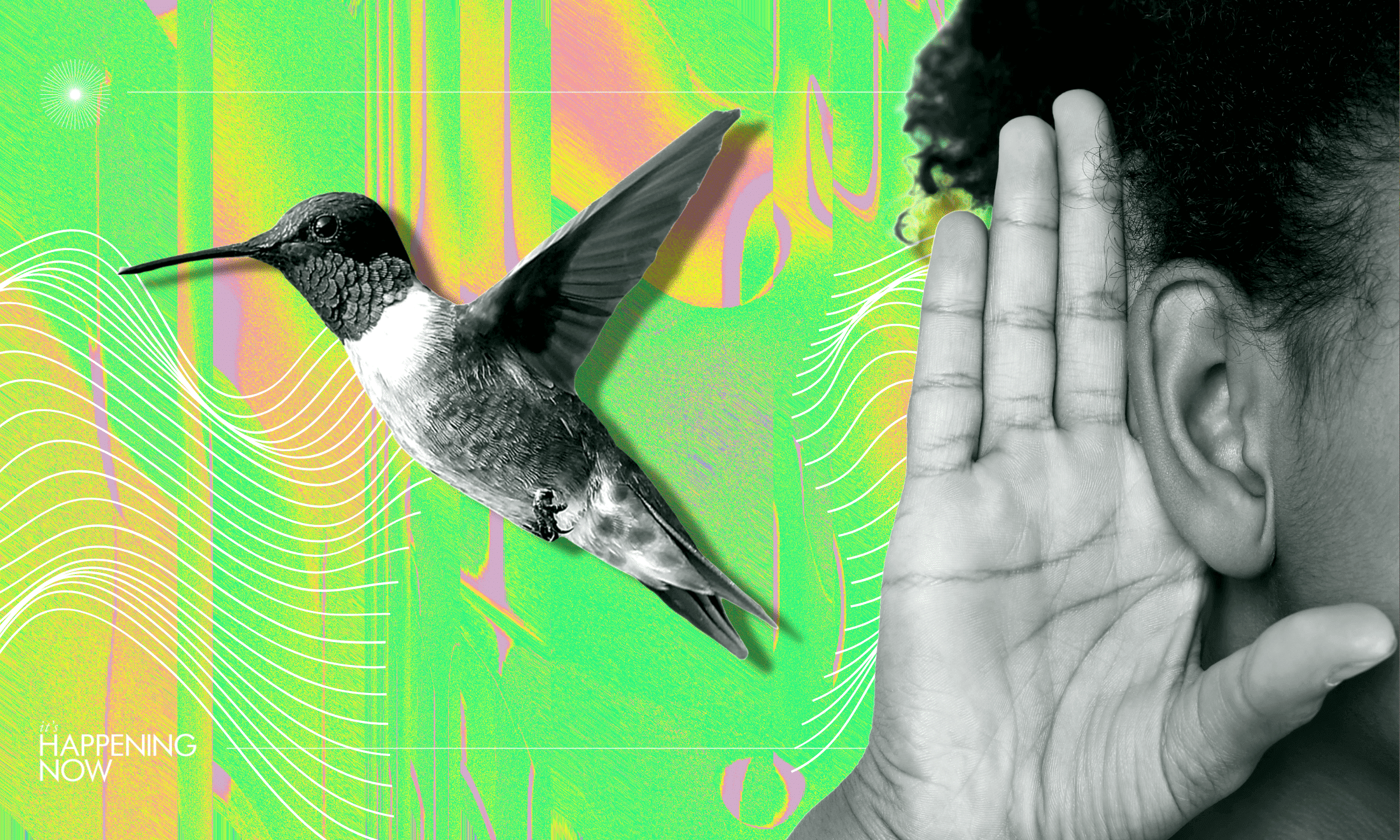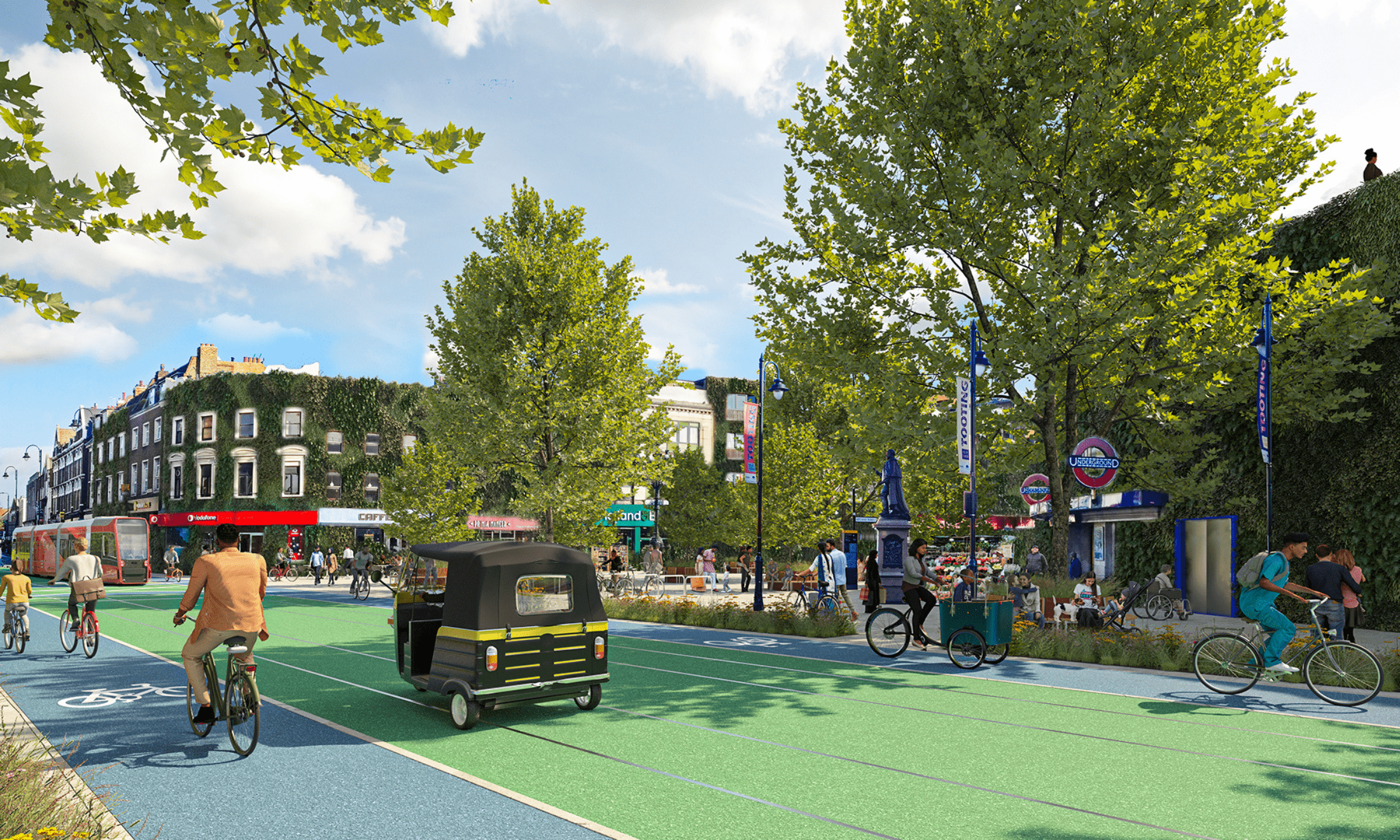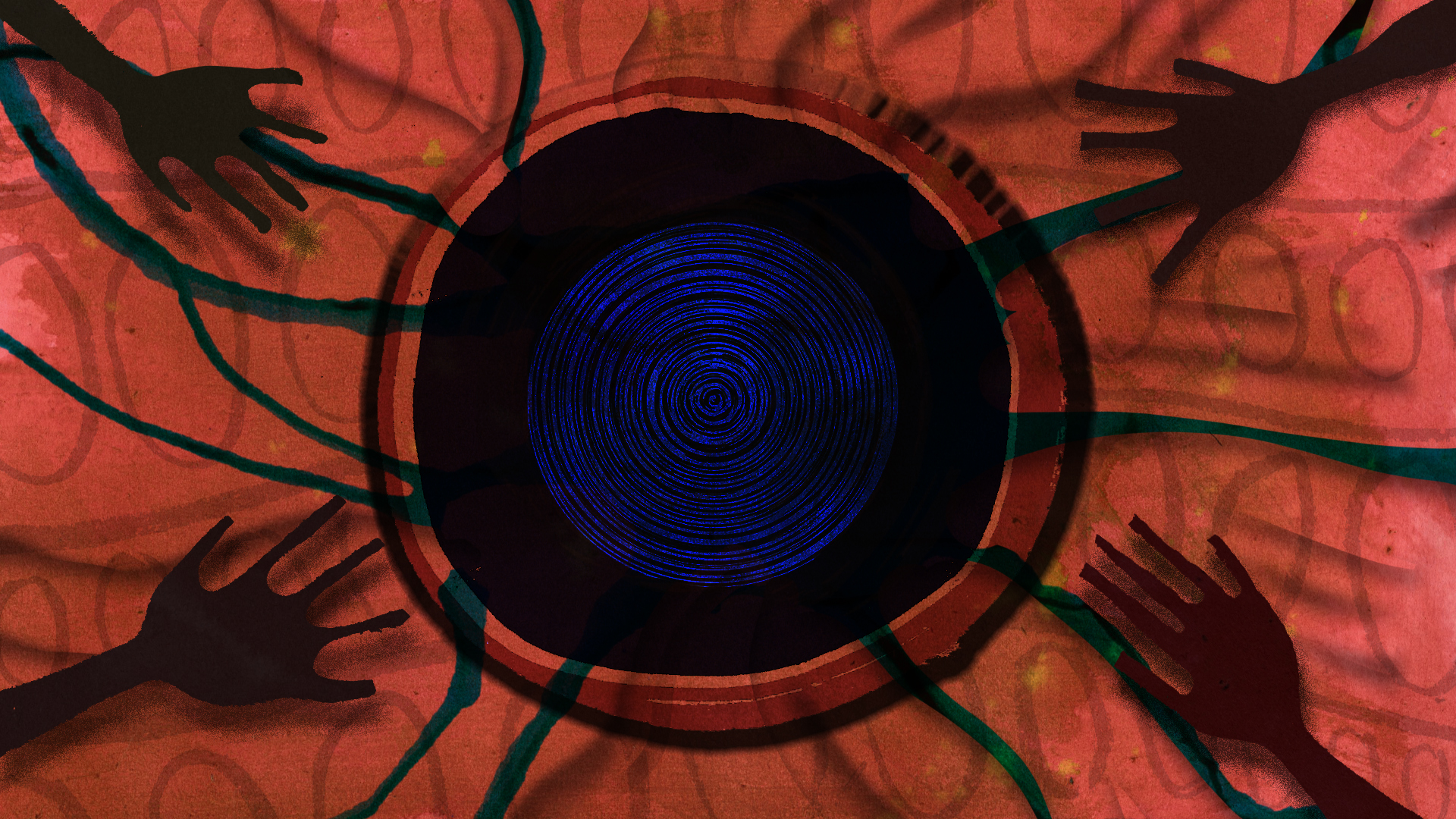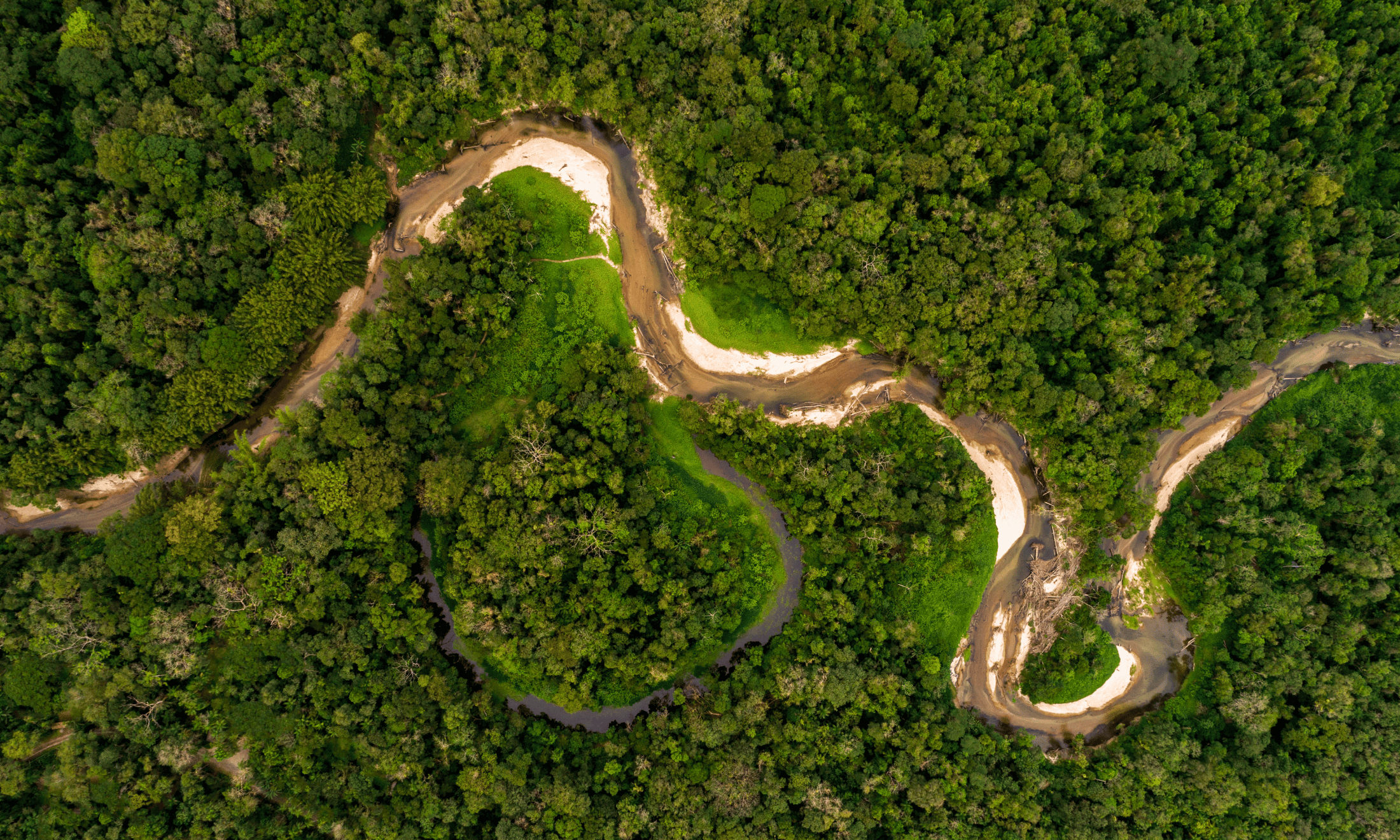
Canva
To fight the climate crisis, we have to listen to nature
Bioacoustics is shaping the future of conservation, but what is the cross-disciplinary science? Our climate columnist explains.
Joycelyn Longdon
22 Apr 2022
Welcome to gal-dem’s monthly ‘It’s Happening Now’ climate column, exploring the intersections of race, class and marginalisation within climate breakdown. As current climate conversations overwhelmingly lack both heart and accessibility, Joycelyn Longdon, an environmental PhD student at Cambridge, tackles the subject from an education and action-focused perspective – not for aimless doomism.
From whale calls to birdsong, from chainsaws to mining drills, much of the activity within the forests, oceans and cities of our planet results in sound. Animals are incredibly sensitive to sound; they use it to communicate with each other, providing warnings of oncoming predators or to mate. Humans are also incredibly noisy – think of whooshing planes, clanking sounds of cities and explosive gunshots. The impact of human sound on the environment is vast, changing the behaviour and abundance of certain species. By listening to wildlife and humans, we can understand the impact our species is having on the rest of the natural world and make more informed ecological conservation decisions. This is where the cross-disciplinary science of bioacoustics comes in. Bioacoustics, sometimes referred to as ecoacoustics, is a field of research that explores sound, specifically the sounds of the natural world and how humans engage and affect it.
“Machine-learning algorithms can be trained to identify target animal calls, human activity like logging, and analyse the health of ecosystems”
As a practice, bioacoustics dates back to the 1920s but became an official field of research in the 1960s. Ecologists would walk around with large microphones – some researchers I’ve met have described having to trek through forests with car batteries to power their microphones – recording wildlife sounds and manually making counts of the species they observed. The task of transporting large equipment into and walking for long periods through the forest, then manually listening to the acoustic data was labour intensive and expensive. But, the advent and increasing power of machine learning, as well as the development of smaller, cheaper and automatic recording devices, have injected life and energy into the field of bioacoustics, catalysing a new era of acoustic conservation. Instead of a researcher manually listening to thousands of hours of acoustic data, machine-learning algorithms can be trained to identify target animal calls, human activity like logging, and analyse the health of ecosystems, and in my case, tropical forests.
The success of bioacoustics has led to an array of incredible findings over the past decade, for example, in 2009, researchers from The Cornell Lab of Ornithology discovered the existence of the endangered Blue Whale 70 miles off the coast of New York. Seven years later, in 2016, Australian researchers found that Zebra finches, a species of bird, were communicating the climate crisis to their unborn chicks, singing one particular song to their eggs when the weather was warmer than usual. Bioacoustics is also being used for Indigenous land management, with the Indigenous forester, Angela Waupochick using the technology to find the best conservation strategies for black-ash (a species of tree) ecosystems in the Menominee and Stockbridge-Munsee Tribal Lands near Keshena, in northern Wisconsin because they are widespread in the area and a culturally significant tribal land resource.
“Australian researchers found that Zebra finches, a species of bird, were communicating the climate crisis to their unborn chicks”
Today, I am in Ghana to investigate how technology can support community-led conservation in tropical forests. My current PhD title is ‘Monitoring Ghanaian Forests with Bioacoustics, Machine Learning and Local Ecological Knowledge’. You have probably heard of machine learning before, the AI method that allows us to make predictions from data. And in my first instalment of this column, Why Indigenous land rights are key for saving the planet, I described how the knowledge of Indigenous communities and local people around the world is essential for the conservation of the world’s essential ecosystems. But where does bioacoustics come into the picture?
In an interview, Gordon Hempton, the acoustic ecologist told Emergence Magazine that “if you are going to listen, you have to be willing to change” but I believe that if we are going to make change, we have to be willing to listen. When thinking about how I wanted to make a change in the world through my PhD, I was instantly drawn to forests finding them to be places of deep stillness, serenity and healing and at once sites of beautiful dynamism, aliveness, and creativity. Tropical forests are important sites of both climate and biodiversity crises, feeling the effects as well as being a key part of the solution. They also support and are of cultural importance to Indigenous and Local communities worldwide. A popular technology-based method of monitoring and conserving tropical forests is remote sensing, where we observe the world with satellites or sensors like camera traps.
“By listening to wildlife and humans, we can understand the impact our species is having on the rest of the natural world and make more informed ecological conservation decisions”
During my Master’s I worked on a remote sensing project where I measured the extent of deforestation in forests in the Democratic Republic of Congo. This worked by training a machine-learning algorithm to detect the differences in year-by-year images taken from above the forest. Whilst I found the capabilities of this technology incredible and could see the immense impact it was having on the world of conservation, I felt a little disconnected. This isn’t to say that satellite analysis isn’t an important tool, but it was always my intention to base my work on community and connection. This is when I started to consider bioacoustics, which requires you to be physically present in the forest in order to embed acoustic sensors in the canopy of trees.
Already knowing and advocating for community-led conservation that prioritised local ecological knowledge, I started to think about the ways in which this technology could be applied to and support the conservation of community-managed forests. The result of my research will hopefully be a framework and platform for using bioacoustics as a tool to facilitate, support and give local communities agency over the forests they manage and live in.
To learn more about my work and get an insight into my fieldwork in Ghana you can subscribe to me ‘Notes From The Field Newsletter’. To explore the magical field of bioacoustics further, you can engage with Public Data Lab’s online listening experience, listen to Mongabay’s podcast on Indigenous bioacoustics or even listen to the sounds of the rainforest with the small people in your life (or by yourself) with the ‘What Does The Rainforest Sound Like” audio e-book from Sound Forest Lab.






